The Space Between Fitness and Medicine: Where “the Good You Do For Others” Brings the Reward you Deserve | Part 1
This is part one in a three-part series.
In every field you find the big earners and those who are “paying the bills.” In every field you find excellence and mediocrity. In every field you find those who fully engage and those who invest just enough to play in the arena.
Here’s one of the many challenges that keeps the personal training field in its own aura of uniqueness. The delivery of extreme value isn’t always met with what we might consider just reward. In other words, an investment of attention, energy, discipline, and devout practice ensures nothing more than a fair attempt at turning human interaction into revenue.
I think its time to change that.
VALUE SHOULD BEGET REWARD

Great surgeons command great remuneration, as do great quarterbacks, great attorneys, and great architects. We can judge them by the effectiveness of their work, by their “wins,” or by their track records.
Do great work. Make great money.
A peripheral glimpse of our field might lead to the perception that the big earners rely more on personality, social skill, and media exposure than expertise, but that’s only a glimpse. Whether it’s an accurate or flawed conclusion, I promise you this. It can be changed.
In this 3-part series, I want to change the way you think. I want to give you control over your future, your position, and… your income, not by sharing marketing tricks bur rather by giving you a willingness to accept an important truth.
You are an entrepreneur.
I know. Some of you gagged, some fought back the vomit reflex, and others considered it might best to stop reading. Entrepreneurs have to have some business expertise, they have to deal with finance, and they have to… ready for this… sell!!!
EEEAAAAUGH!!!!!
I’m not finished turning the screw. I’ll make it, for the moment, even harder to swallow. As an entrepreneur you are FULLY IN CONTROL of the value you deliver, the number of lives you touch, the number of lives you change for the better, and the number of dollars that make up the balance in your bank account. Nobody will do it for you. It’s all on you.
Here’s another truth. Most personal trainers pursue their professional commitments out of two complementary driving forces. They love helping people and they have a passion for fitness. That’s good. It’s both, their greatest strength and their source of vulnerability . . . because “making money” falls somewhere lower on the list than “finding reward in gratitude.”
IF THANK YOU’S WERE DOLLARS, YOU’D BE A MILLIONAIRE
As a trainer you LOVE when a client says thank you. You melt when a client says, “you changed my life,” and you puff up like a blowfish when you read the text that says, “OMG, lost 20, feel great! Thank you.”
This innate deep-rooted altruism allows you to work for less money than you deserve and to justify the financial deficiency with “I’m helping people.”
Let me share another insight. You are wired more like a doctor than you are like the proud and hungry entrepreneur. Doctors are driven by the same altruistic inner calling, at least when they decide to sit for the MCAT’s and pursue intensive study, knowing it’ll be followed by an internship and residency before they even earn their first dollar.
So why do doctors earn what you perceive to be “the big money” while trainers settle for per-session fees? One reason. They’re given permission.
The medical paradigm is polarizingly different than the one you operate under. The medical student doesn’t “set” his future pricing, the paradigm does.
The fees for an MRI, a bypass procedure, lab tests, and cosmetic enhancements are established. The medical student simply steps into the universe where value already exists.
You, whether you emerged your educational prep with a degree or a certification, stepped into a universe where the paradigm is based upon “training sessions,” not upon true delivery of value.
I might not share these perspectives with an audience of trainers at a general fitness conference. I’m sharing them with you because you’ve demonstrated interest in or become connected with the Medical Fitness Network. This demonstrates that you have an interest beyond “training sessions.” At some level, you have interest in helping people rediscover health. There’s value in that. Extreme value.
Let’s do a quick comparison.
Where is there more perceived value? In a training session promising to make someone sweat, contract, stretch, and increase respiration, or in the undoing of a chronic condition?
WHAT IS THE VALUE OF RESTORATION?
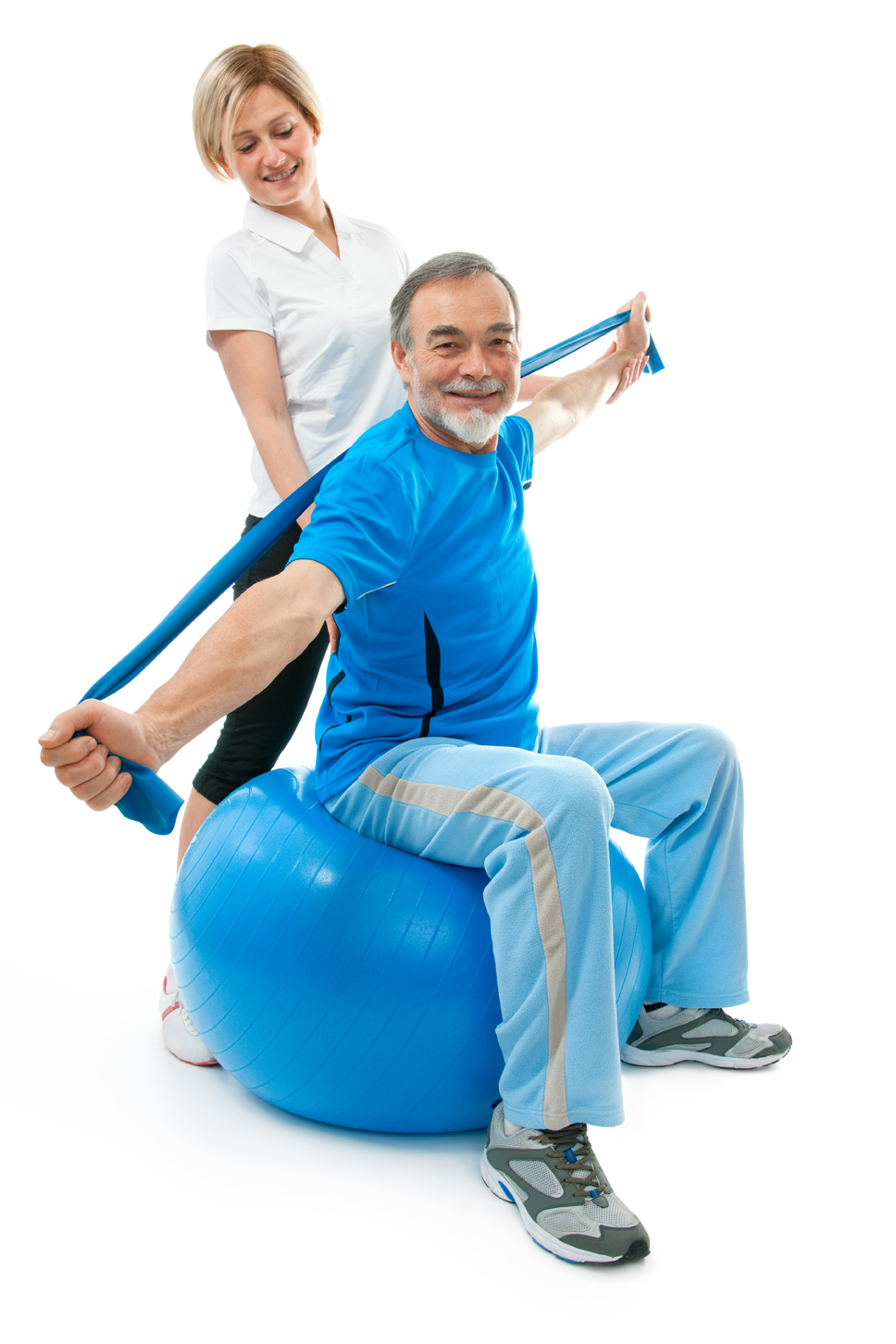
We dare not suggest we can cure any disease, but there’s a massive and-ever growing body of evidence demonstrating that shifts in eating and movement can create shifts in biochemistry and physiology moving people away from physical compromise and back toward health.
I’m suggesting that if you become a practitioner delivering human betterment to those who live in compromise, you’re standing on the cusp of establishing a new paradigm. You’re potentially moving into a position where you can claimpower over the impact you have upon your clients and concurrently upon the fees you command and the reward you deserve.
I want you to see yourself as somehow different than “the rest of the field.” Without ego playing a role, consider that you have the ability to elevate, to accept a position of greater responsibility, and with it, greater reward.
In the next two parts of this three-part article, I’ll share what I call “The Three Levels of Profitability” and show you how you immediately leave the income ceiling behind when you stop up to Level 2, but for now I simply want you consider movement. I want you to realize, if you opt to pursue a “specialty,” to offer a solution to a market that is bound by pain, discontent, or limitation, you have a far greater value than a practicing workout expert.
No longer will you be “in the fitness field.” You won’t leave it entirely, and you’ll still carry your fitness passion and wield it as a weapon, but you’ll move into a space that’s the open sea, a space where earnings will escalate for those who master the skill set allowing them to find a new level of comfort in entrepreneurship. We’ll consider it the space between Fitness and Medicine. It’s the space where a massive segment of our population will rediscover their own power to live in health, regardless of their past or present level of compromise. It’s the space where guidance is lacking, the space where ancient wisdom will marry scientific discoveries, the space where you can prosper and thrive.
If you hunger to be in this space, stay connected. This is simply the eye opener. I’m about to share insights that will completely shift your recognition of your own potential. Stay tuned.
This is 3 part series. Read part 2 here, and part 3 here
Phil Kaplan has been a fitness leader and Personal Trainer for over 30 years having traveled the world sharing strategies for human betterment. He has pioneered exercise and eating interventions documented as having consistent and massive impact in battling chronic disease. His dual passion combines helping those who desire betterment and helping health professionals discover their potential. Visit Phil’s website, philkaplan.com; you can email him at phil@philkaplan.com


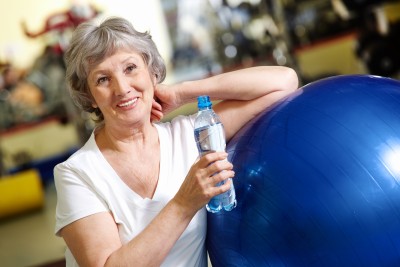
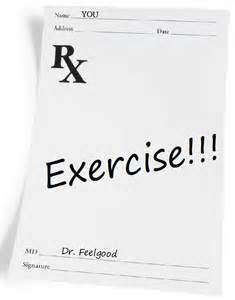
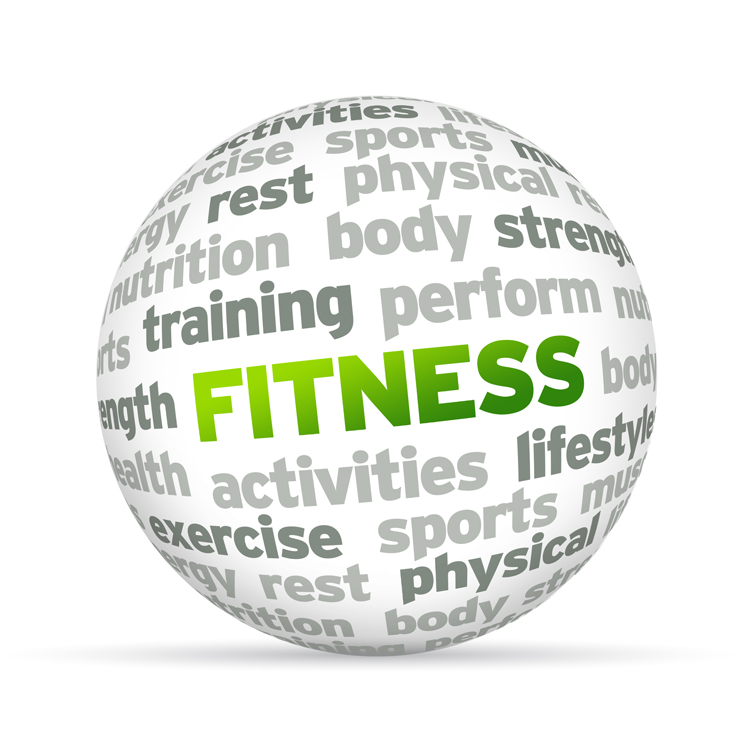
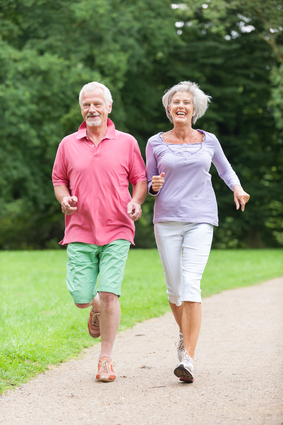

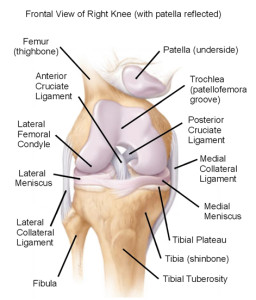
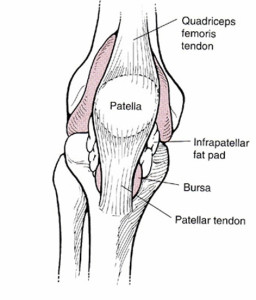
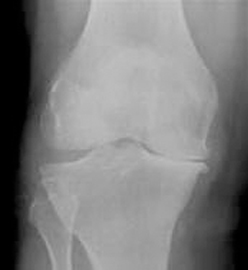
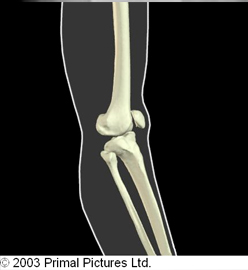
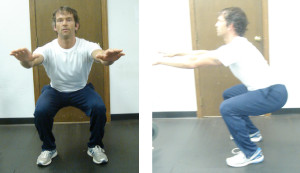
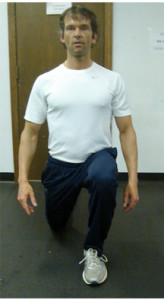
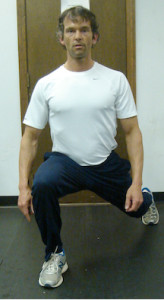
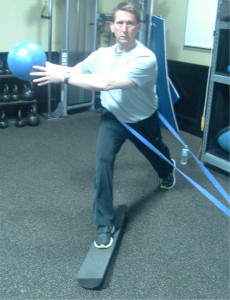
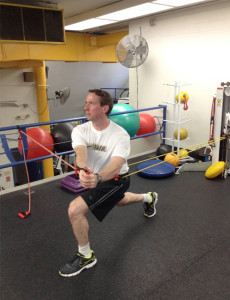
 Chris is the CEO of Pinnacle Training & Consulting Systems (PTCS). A continuing education company, that provides educational material in the forms of home study courses, live seminars, DVDs, webinars, articles and min books teaching in-depth, the foundation science, functional assessments and practical application behind Human Movement, that is evidenced based. Chris is both a dynamic physical therapist with 14 years experience, and a personal trainer with 17 years experience, with advanced training, has created over 10 courses, is an experienced international fitness presenter, writes for various websites and international publications, consults and teaches seminars on human movement. For more information, please visit
Chris is the CEO of Pinnacle Training & Consulting Systems (PTCS). A continuing education company, that provides educational material in the forms of home study courses, live seminars, DVDs, webinars, articles and min books teaching in-depth, the foundation science, functional assessments and practical application behind Human Movement, that is evidenced based. Chris is both a dynamic physical therapist with 14 years experience, and a personal trainer with 17 years experience, with advanced training, has created over 10 courses, is an experienced international fitness presenter, writes for various websites and international publications, consults and teaches seminars on human movement. For more information, please visit 
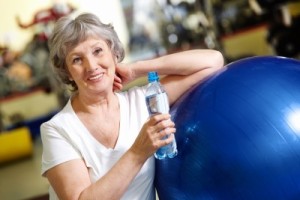 STEP 2: Realize you are an individual
STEP 2: Realize you are an individual


